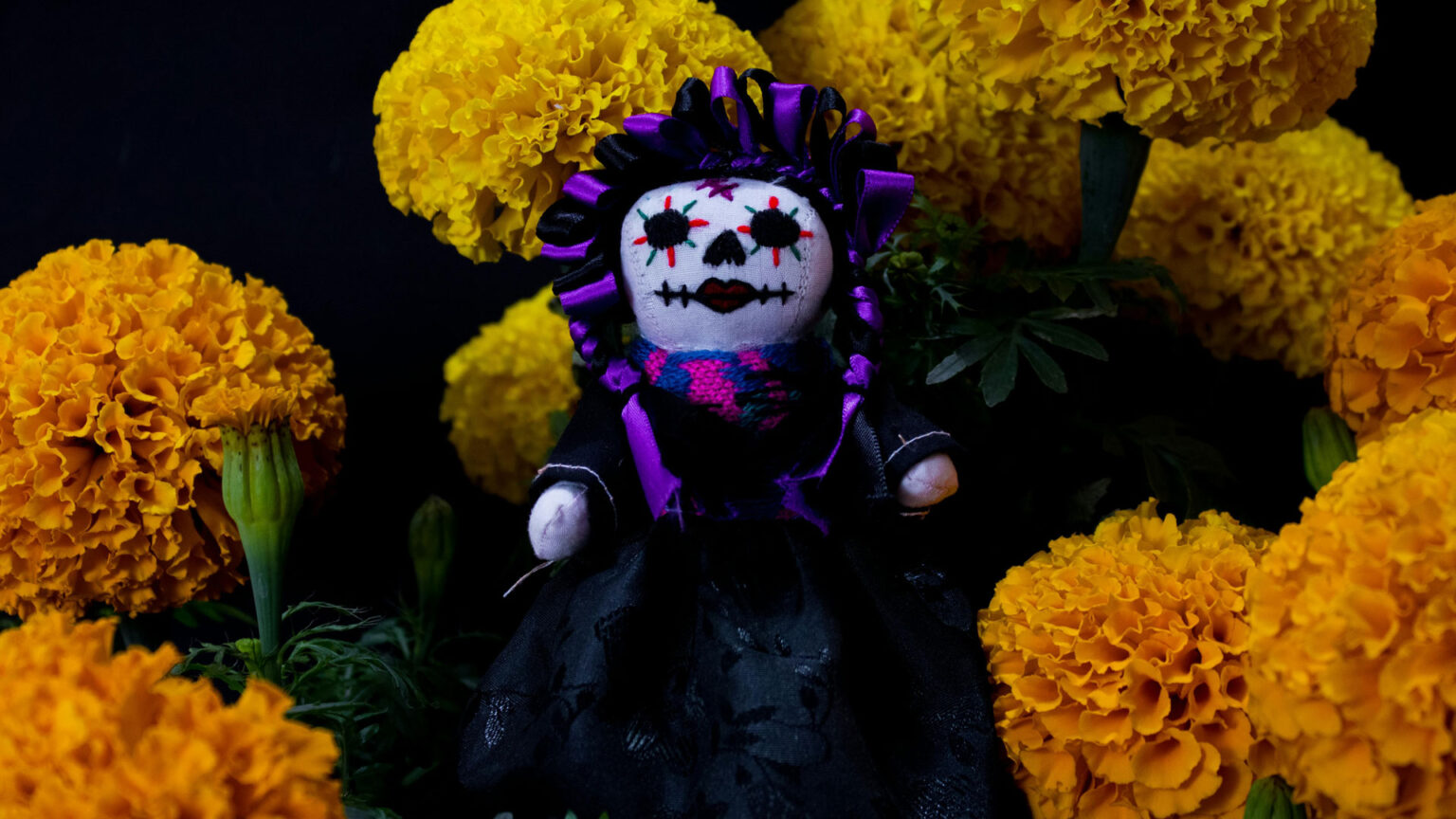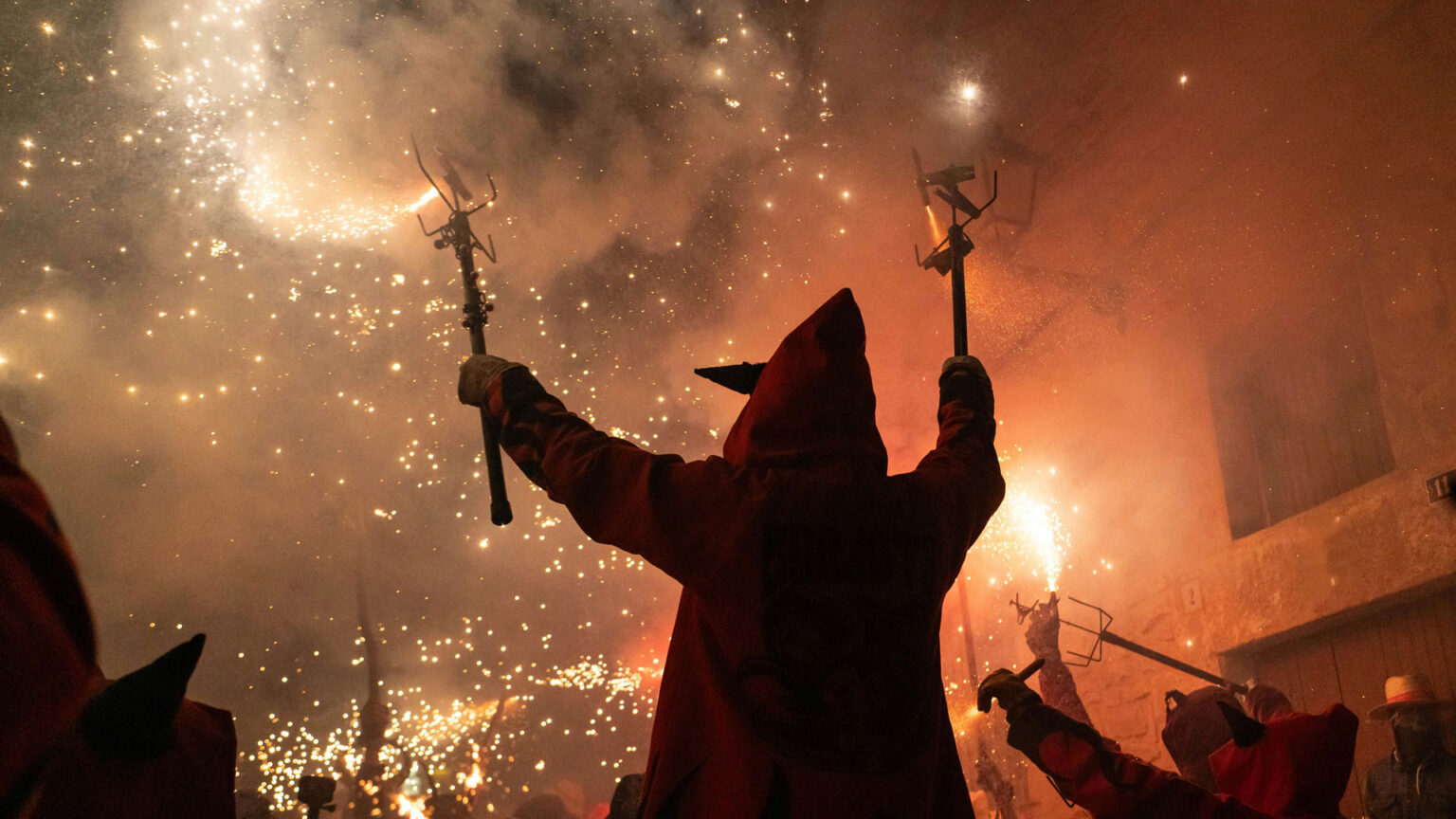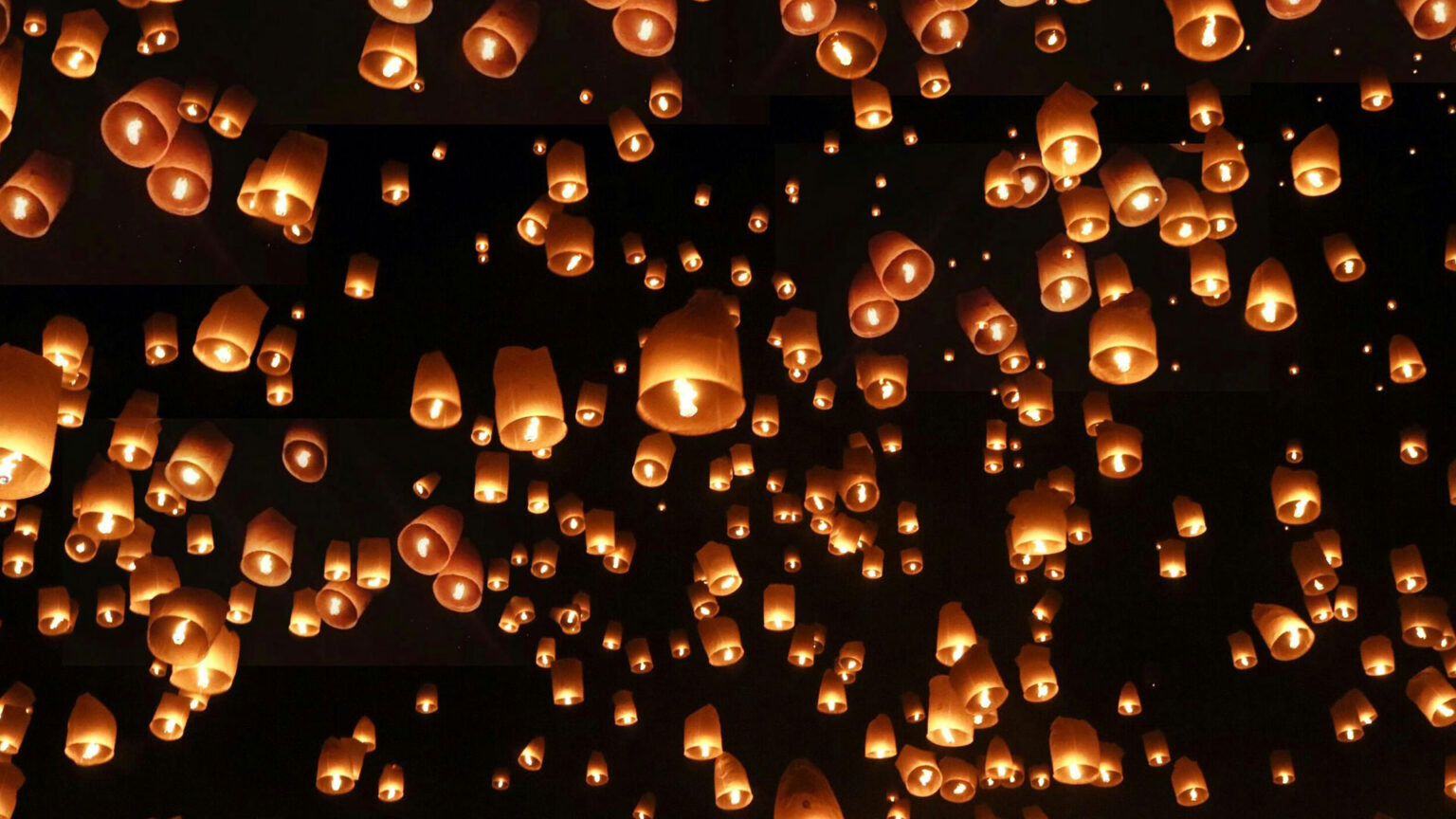History and Origins of the Day of the Dead
The Day of the Dead, or Día de Muertos, has its roots in the ancient Mesoamerican cultures, dating back to the Aztecs and Mayans. These civilizations believed that death was not an end, but a transition to a new stage of life. The festival was originally celebrated in August, but with the arrival of the Spanish, it was moved to November 1st and 2nd to coincide with the Catholic holidays of All Saints’ Eve and All Souls’ Day.
The Aztecs honored their dead with elaborate rituals and offerings, believing that the souls of the deceased returned to earth on these days. They built elaborate altars, decorated with flowers, candles, and food, to welcome the spirits back. The Mayans, on the other hand, believed in a complex afterlife, where the souls of the dead journeyed through various levels of the underworld.
Catholic influence also played a significant role in the evolution of the Day of the Dead. The Spanish attempted to eradicate indigenous beliefs and practices, but native Mexicans found ways to blend their traditions with Catholic beliefs. They incorporated Catholic saints and rituals into their existing celebrations, creating a unique fusion of cultures.
Over time, the Day of the Dead has become an integral part of Mexican culture, with each region adding its unique twist to the festivities. Families build elaborate altars, decorated with flowers, candles, and photographs of loved ones. They offer traditional foods, such as pan de muerto and mole, and drink hot chocolate to honor the deceased.
The celebration has also gained popularity in the United States, with many cities and towns hosting their own Day of the Dead festivities. Museums, cultural centers, and community organizations sponsor events, exhibitions, and workshops to educate the public about this rich and vibrant tradition.
In addition, the Day of the Dead has become a symbol of Mexican identity and cultural heritage. It is a celebration that transcends borders and generations, connecting people with their roots and their loved ones. The tradition has also inspired countless works of art, literature, and music, cementing its place in the cultural imagination.
Furthermore, the Day of the Dead has played a significant role in shaping Mexico’s cultural landscape. It has influenced the country’s art, architecture, and cuisine, and has become a source of national pride. The celebration has also become an important tourist attraction, drawing visitors from around the world to experience the vibrant culture and traditions of Mexico.
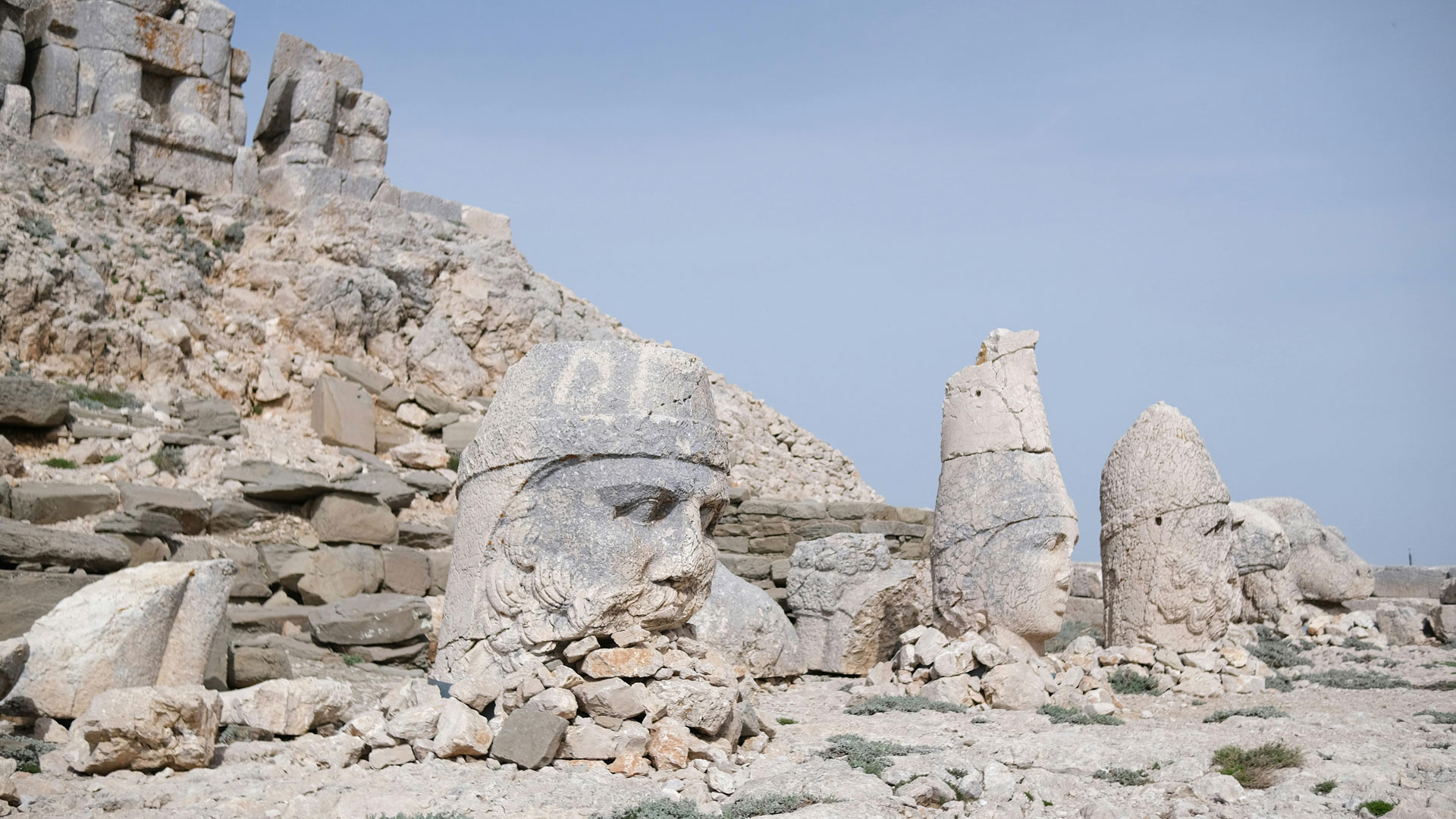
Symbolism and Meaning of the Day of the Dead
The Day of the Dead is a celebration rich in symbolism and meaning. The festival is a time to honor the deceased, but it is also a celebration of life, love, and family. The symbolism of the Day of the Dead is deeply rooted in Mexican culture and is reflected in the many traditions and customs associated with the festival.
One of the most iconic symbols of the Day of the Dead is the altar, or ofrenda. Families build elaborate altars in their homes, decorated with flowers, candles, photographs, and favorite foods and drinks of the deceased. The altar is a symbol of welcome, inviting the spirits of the dead to return and visit with their loved ones.
The marigold flower, or zempasúchil, is another important symbol of the Day of the Dead. The bright orange color of the flower is believed to guide the spirits of the dead back to their families’ homes. The strong scent of the flower is also believed to awaken the spirits and draw them back to the world of the living.
Candles are also an important symbol of the Day of the Dead. They are believed to light the way for the spirits of the dead, guiding them back to their families’ homes. The candles are also a symbol of the light that guides us through the darkness of life.
Food and drink play a significant role in the Day of the Dead celebrations. Traditional dishes such as pan de muerto, mole, and tamales are prepared and offered to the spirits of the dead. The food is a symbol of love and nourishment, providing sustenance for the spirits on their journey.
The Day of the Dead is also a celebration of the cycle of life and death. It is a reminder that life is precious and fleeting, and that death is a natural part of the cycle of life. The festival is a time to reflect on our own mortality and to cherish the time we have with our loved ones.
In addition, the Day of the Dead is a celebration of family and community. It is a time to come together with loved ones and to honor the memories of those who have passed away. The festival is a reminder of the importance of family and community in our lives.
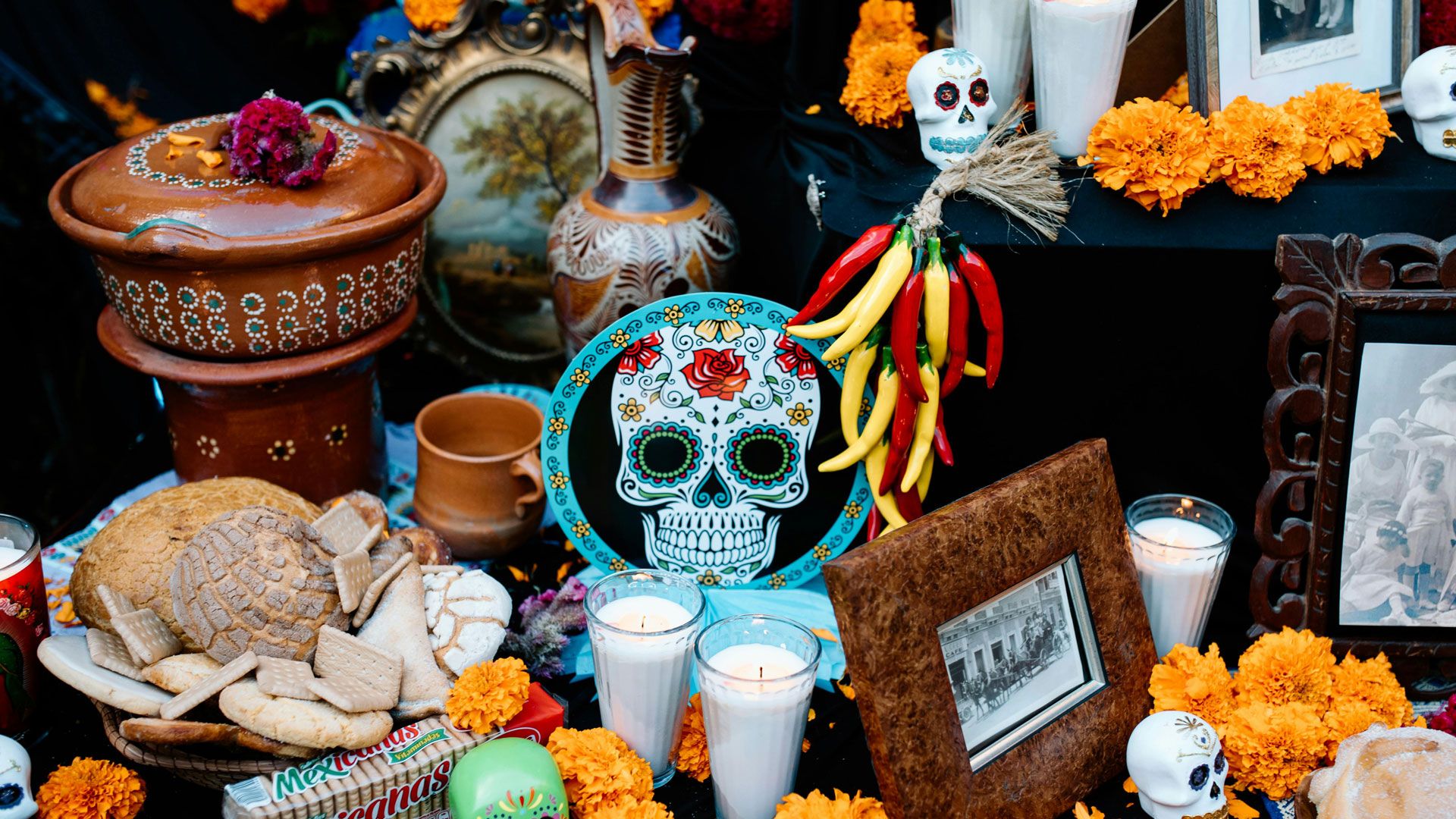
Preparations and Celebrations of the Day of the Dead
Preparations for the Day of the Dead begin weeks in advance. Families start by cleaning and decorating their homes, often with elaborate altars and vibrant decorations. They also begin preparing traditional foods and drinks, such as pan de muerto and hot chocolate, to offer to the spirits of the dead.
On November 1st, families gather to honor the spirits of children and infants, known as Día de los Inocentes. They build elaborate altars, decorated with flowers, candles, and photographs of the deceased. They also offer traditional foods and drinks, such as milk and cookies, to the spirits of the children.
On November 2nd, families gather to honor the spirits of adults, known as Día de los Muertos. They build elaborate altars, decorated with flowers, candles, and photographs of the deceased. They also offer traditional foods and drinks, such as pan de muerto and mole, to the spirits of the adults.
In addition to the altars, families also participate in other traditions and customs, such as parades, music, and dance. They also visit cemeteries, where they clean and decorate the graves of their loved ones with flowers, candles, and offerings.
The celebrations of the Day of the Dead are a time of great joy and celebration. Families come together to honor their loved ones, share stories and memories, and celebrate the cycle of life and death. The festival is a time of great beauty and meaning, a time to reflect on our own mortality and to cherish the time we have with our loved ones.
In some regions of Mexico, families also participate in traditional activities, such as the “paseo de las ánimas” (parade of the souls), where they dress up in costumes and parade through the streets, honoring the spirits of the dead. They also participate in traditional dances, such as the “danza de los muertos” (dance of the dead), which is a celebration of the cycle of life and death.
Overall, the preparations and celebrations of the Day of the Dead are a time of great significance and meaning in Mexican culture. They are a time to honor the dead, celebrate life, and cherish the memories of loved ones.
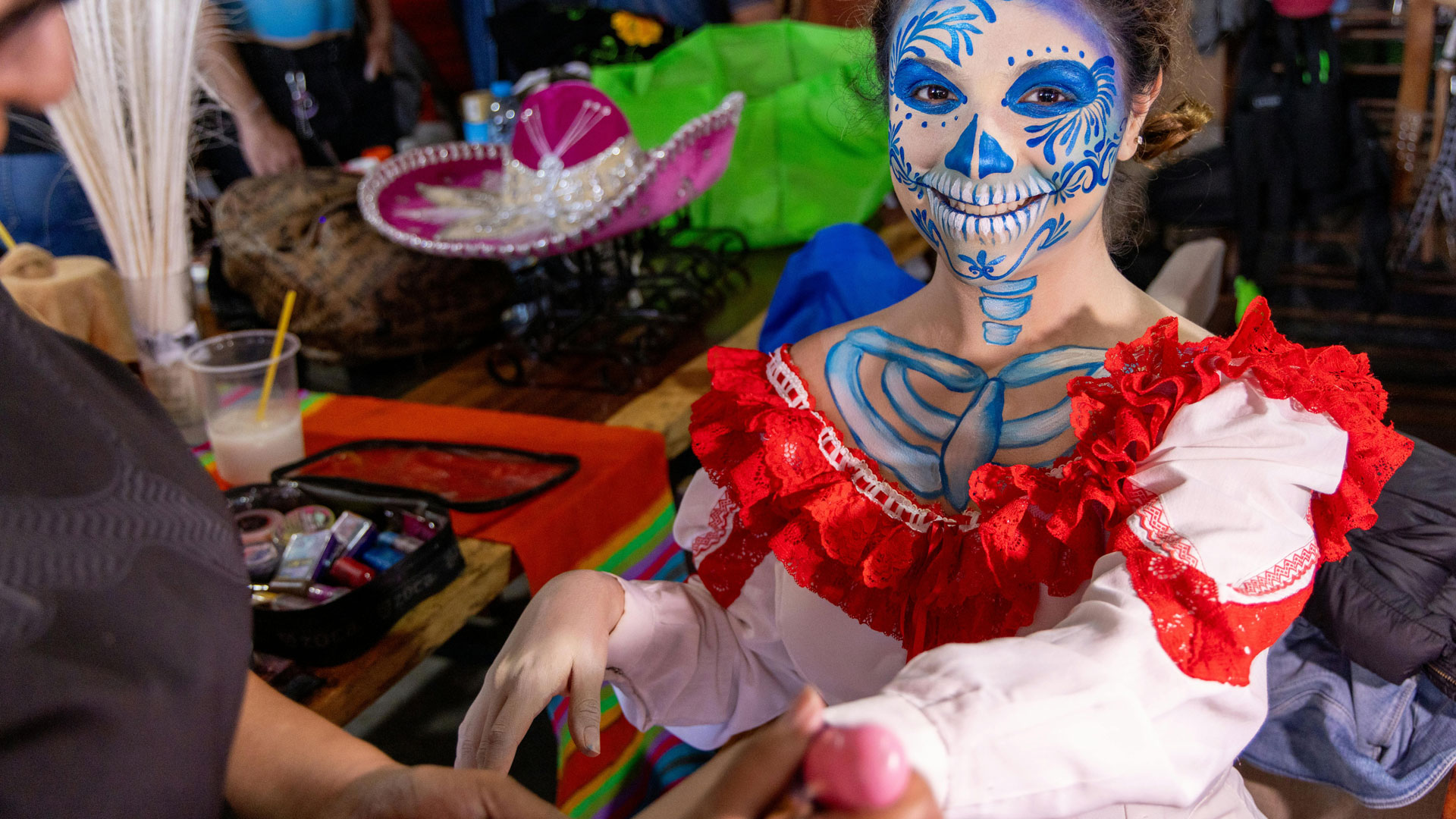
Traditional Foods and Drinks of the Day of the Dead
Traditional foods and drinks play a significant role in the Day of the Dead celebrations. Families prepare elaborate meals and offerings to honor the spirits of the dead. The foods and drinks are often traditional and symbolic, and are meant to nourish and sustain the spirits on their journey.
One of the most traditional foods of the Day of the Dead is pan de muerto, a sweet bread that is shaped like a bun and decorated with bones made of sugar. The bread is a symbol of the cycle of life and death, and is often served with hot chocolate or coffee.
Another traditional food is mole, a rich and complex sauce made from chocolate, spices, and nuts. The sauce is often served over chicken or turkey, and is a symbol of the love and care that families have for their deceased loved ones.
Tamales are also a traditional food of the Day of the Dead. They are made from masa harina and filled with meat, cheese, or vegetables. The tamales are often steamed in a leaf wrapper and served with a spicy sauce.
In addition to these traditional foods, families also prepare a variety of other dishes and offerings, such as candied pumpkin, sweet potatoes, and fresh fruit. The foods are often arranged on an altar, along with photographs, candles, and other offerings, to create a beautiful and inviting display.
Drinks also play a significant role in the Day of the Dead celebrations. Hot chocolate is a traditional drink that is often served with pan de muerto or other sweet breads. The chocolate is made from rich, dark chocolate and is often flavored with spices and nuts.
Atole is another traditional drink that is often served during the Day of the Dead celebrations. The drink is made from masa harina, milk, and sugar, and is often flavored with vanilla or cinnamon.
Overall, the traditional foods and drinks of the Day of the Dead are an important part of the celebrations. They are a way for families to honor their loved ones, share in traditional customs, and celebrate the cycle of life and death.

Family and Community in the Day of the Dead
Family and community play a vital role in the Day of the Dead celebrations. The festival is a time for families to come together and honor their loved ones, and for communities to unite and celebrate their shared heritage.
In Mexican culture, family is highly valued, and the Day of the Dead is a time for families to reaffirm their bonds and connections. Families gather together to build altars, prepare traditional foods, and share stories and memories of their loved ones.
The Day of the Dead is also a time for communities to come together and celebrate their shared heritage. Neighborhoods and towns often host festivals and parades, which feature traditional music, dance, and food. These events are an important way for communities to connect and celebrate their cultural traditions.
In addition, the Day of the Dead is a time for families and communities to honor their ancestors and loved ones. They believe that the spirits of the dead return to earth on these days, and that they must be welcomed and honored with offerings and celebrations.
The festival is also a time for families and communities to reflect on their own mortality and the cycle of life and death. They believe that death is a natural part of life, and that it is something to be celebrated and honored, rather than feared.
Overall, the Day of the Dead is a celebration that is deeply rooted in family and community. It is a time for families to come together and honor their loved ones, and for communities to unite and celebrate their shared heritage.
In some regions of Mexico, families also participate in traditional activities, such as the “paseo de las ánimas” (parade of the souls), where they dress up in costumes and parade through the streets, honoring the spirits of the dead. They also participate in traditional dances, such as the “danza de los muertos” (dance of the dead), which is a celebration of the cycle of life and death.
The Day of the Dead is also a time for families and communities to share their stories and traditions with younger generations. They believe that it is important to keep their cultural heritage alive, and to pass it down to their children and grandchildren.
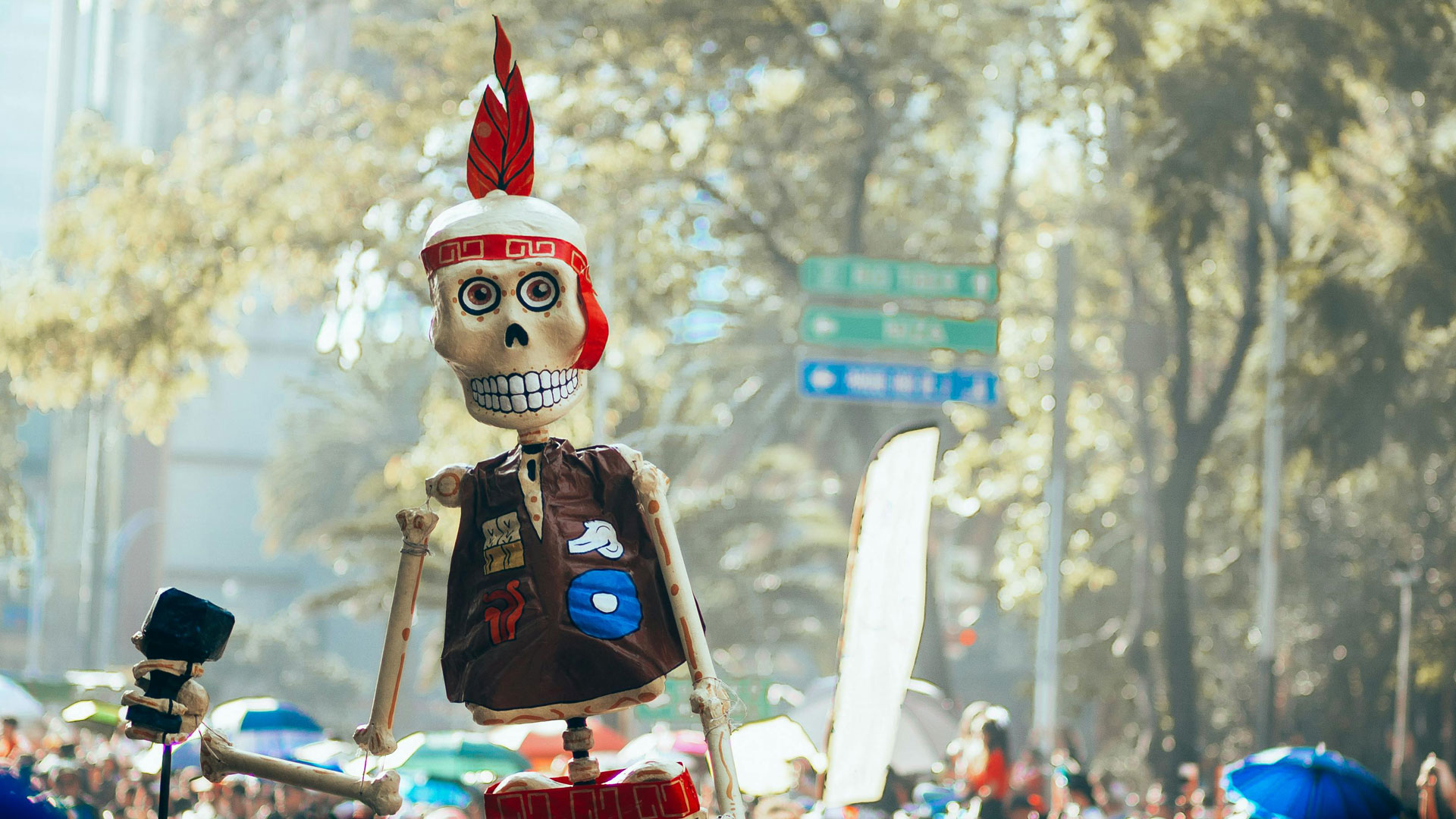
Modern Twists and Innovations in the Day of the Dead
While the Day of the Dead remains a deeply traditional celebration, modern twists and innovations have also emerged in recent years. These innovations reflect the evolving nature of Mexican culture and the ways in which traditional celebrations can adapt to changing times.
One example of modern innovation is the use of new materials and technologies in traditional altars and offerings. For example, some families now use digital photographs and LED candles in their altars, rather than traditional paper photos and wax candles.
Another example is the incorporation of new themes and symbols into traditional Day of the Dead celebrations. For example, some families now include environmental themes and symbols in their altars, such as recycled materials and images of endangered species.
In addition, modern Day of the Dead celebrations often incorporate new forms of artistic expression, such as street art, music, and dance. These innovations help to keep the celebration vibrant and engaging for younger generations.
The Day of the Dead has also become increasingly globalized, with celebrations taking place in cities and towns around the world. This globalization has led to the incorporation of new traditions and customs into the celebration, as well as the exchange of ideas and inspiration between different cultures.
Overall, the modern twists and innovations in the Day of the Dead reflect the dynamic and evolving nature of Mexican culture. They demonstrate the ways in which traditional celebrations can adapt to changing times while still maintaining their core meaning and significance.
In some regions of Mexico, modern innovations have also led to the creation of new traditions and customs. For example, the town of Janitzio in Michoacán state has developed a unique Day of the Dead celebration that incorporates traditional music, dance, and art with modern themes and symbols.
The Day of the Dead has also become an important part of Mexico’s cultural tourism industry, with many tourists visiting the country to experience the celebration firsthand. This has led to the development of new cultural festivals and events, as well as the promotion of traditional Day of the Dead celebrations.

Cultural Significance and Impact of the Day of the Dead
The Day of the Dead has significant cultural importance in Mexico and beyond. It is a celebration that honors the deceased, but also acknowledges the cycle of life and death. The festival has a profound impact on Mexican culture and identity, and its influence can be seen in many aspects of daily life.
One of the most significant cultural impacts of the Day of the Dead is its role in preserving Mexican heritage. The festival is a connection to the country’s indigenous past, and its traditions and customs have been passed down through generations.
The Day of the Dead also plays a crucial role in shaping Mexican identity. It is a celebration that is deeply rooted in Mexican culture, and its traditions and customs are an integral part of what it means to be Mexican.
In addition, the Day of the Dead has had a significant impact on the arts. The festival’s vibrant colors, elaborate altars, and traditional foods have inspired countless works of art, from paintings and sculptures to music and dance.
The Day of the Dead has also become an important symbol of Mexican culture globally. It is a celebration that is recognized and respected around the world, and its traditions and customs have been adopted by many other cultures.
Furthermore, the Day of the Dead has a profound impact on the Mexican economy. The festival generates significant revenue from tourism, and its traditions and customs have created a thriving industry of artisans, craftspeople, and small businesses.
Overall, the Day of the Dead is a celebration that has significant cultural importance in Mexico and beyond. Its impact can be seen in many aspects of daily life, from the arts and culture to the economy and identity.
In some regions of Mexico, the Day of the Dead is also an important part of the local economy, with many families relying on the festival as a source of income. The festival’s traditional foods, decorations, and crafts are often made and sold by local artisans, providing a vital source of revenue.
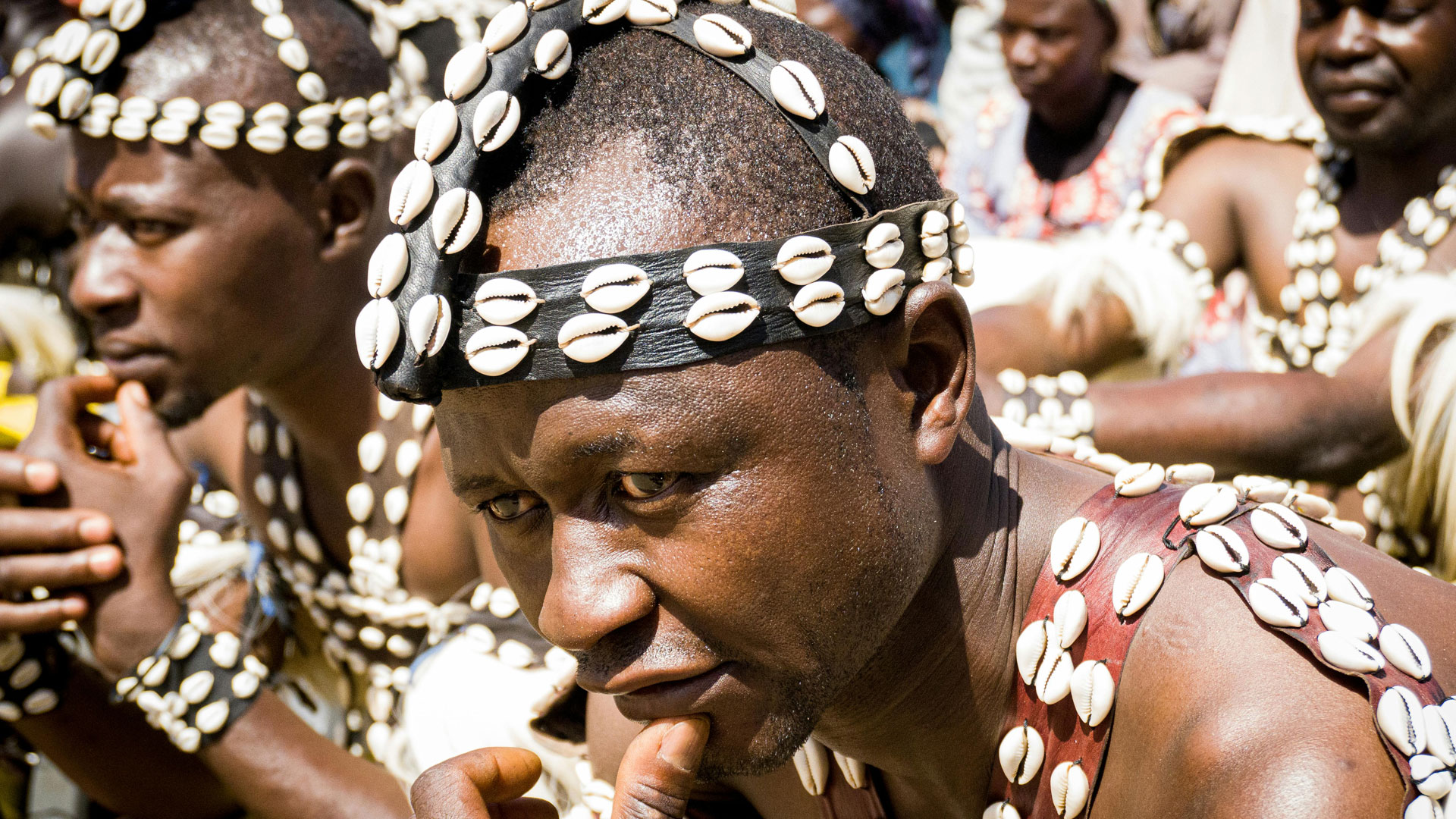
Education and Preservation of the Day of the Dead Traditions
Educating future generations about the Day of the Dead traditions is crucial for their preservation. Many schools and cultural institutions in Mexico offer workshops, classes, and programs to teach children and adults about the history, significance, and cultural importance of the festival.
These educational efforts help to ensure that the traditions and customs of the Day of the Dead are passed down to future generations, and that they continue to play an important role in Mexican culture and identity.
In addition, many museums, cultural centers, and historical societies in Mexico and around the world offer exhibitions, programs, and events to promote the understanding and appreciation of the Day of the Dead.
The preservation of the Day of the Dead traditions also relies on the efforts of community leaders, artisans, and cultural activists who work to promote and protect the festival’s cultural heritage.
Furthermore, the Mexican government has established programs and initiatives to preserve and promote the Day of the Dead traditions, such as the registration of the festival as an Intangible Cultural Heritage of Humanity by UNESCO.
Overall, the education and preservation of the Day of the Dead traditions are essential for their continuation and evolution, and for ensuring that this important part of Mexican culture and identity continues to thrive.
In some regions of Mexico, community-based initiatives have been established to preserve and promote the Day of the Dead traditions, such as the creation of cultural festivals, parades, and events that showcase the festival’s music, dance, and art.
Additionally, many artists, craftspeople, and artisans are working to innovate and reinterpret the traditional arts and crafts associated with the Day of the Dead, such as sugar skulls, papier-mâché skeletons, and traditional textiles, to ensure their continued relevance and appeal.


